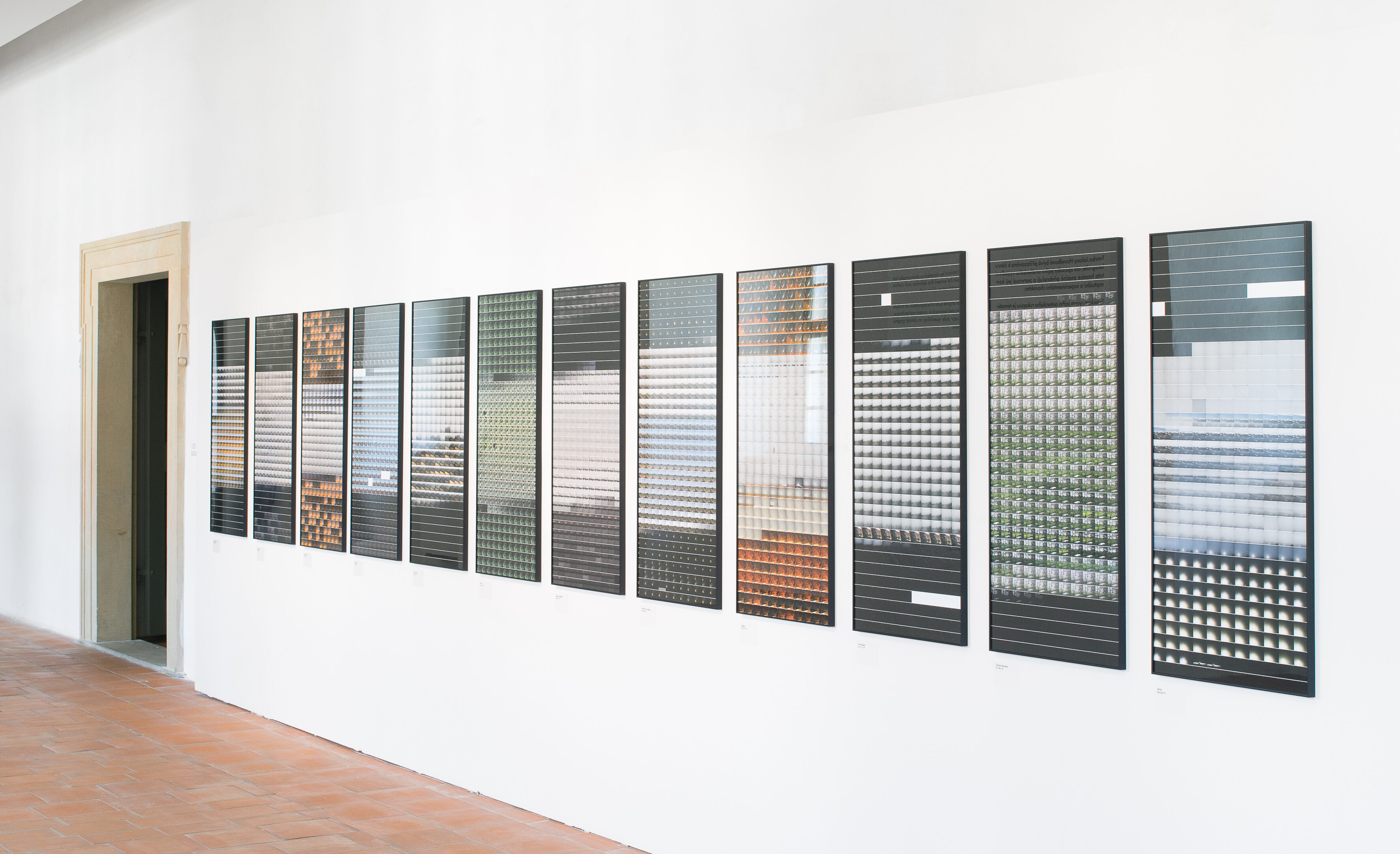The art of Jolana Havelková is often classified as photography, but her approach to art far exceeds this definition.
28. 10. 2018

The art of Jolana Havelková is often classified as photography, but her approach to art far exceeds this definition.
The art of Jolana Havelková is often classified as photography, but her approach to art far exceeds this definition. She works with photography, mail art, and experimental and conceptual approaches. Typical characteristics of her artistic style include minimalism, the exploration of multiple themes and a highly sophisticated approach to content and technique. She often emphasizes a linear style resembling an almost graphic approach to artistic expression.
In the Printmaking Crossovers exhibition space, Havelková will present several thematic series made from 2006 to the present. The exhibition is the result of a selection of works from her series focused on her main areas of interest such as place and memory.
Some of Havelková’s work is closely associated with the landscape along the Elbe River (such as the series landscape 06, 2006–2007) or her hometown of Kolín (Proposal for a Change in the Musical Score, 2005–2013). Landscape 06 is a diary-like record of her walks along the flat plains along the Elbe. Diverging somewhat from her original idea of creating technically perfect large-scale analogue photographs, the series is instead defined by her intuitive decision to shoot the images using her mobile phone. The intention to work with the photographs’ imprecisions and imperfections resulting from the way in which they were taken contributed to creating a dreamlike and melancholic atmosphere of a landscape filled with foggy outlines of woods, distant buildings, and the silhouettes of various objects.
By comparison, her experimental project Proposal for a Change in the Musical Score works with several artistic genres. Here, Havelková again works with the subject of an important place in her life – in this case, the city of Kolín and with a person closely associated with the city, the composer and conductor František Kmoch. The resulting series consists of reworked musical scores of Kmoch’s compositions possessing dynamic graphemes or an abstract structure with fragmentary remains of the musical notation resembling an abstract computer language. Just as Kmoch arranged national folk songs into brass-band marches, mazurkas, and polkas, so too does Havelková transform his music into her own visual and aural language. Besides giving his scores a new visual form, she also collaborated with composer, musician, and improviser Lucie Vítková to record her reinterpretations of Kmoch’s scores. These recordings are something like a musical topography, since they were made at places in Kolín where Kmoch was active and several objects found at these locations were used as an orchestral accompaniment to traditional instruments.
In the exhibited triptych Calling into the Woods (2015–2018), each of which is subtitled with the date of diary entries, Havelková combines the meaning of the particular place with her personal memories. These works combines the two main themes in her work –genius loci and personal memory. We get a similar feeling from the series of poetic photographs of calligraphic traces in ice titled First Time Skating (2006–2008) or from the grid-like structures of compressed photo-albums The Possibilities of Memory (2018).
Although the series Sensitive Data (2012–2018) and Chaos II (2012–2018)are also associated with place, they were created in an entirely different conceptual format. The mosaic-like paintings of Sensitive Data consist of 352 images from web cameras and call our attention to the issue of loss of privacy and intimacy. By comparison, the rearrangement of the continents in the monumental montages of Chaos II, encourages us to consider the impact of mass migration and the mixing of cultures and religions. The photogram Don’t Talk to Me So Complicatedly (2015–2018), which gave the exhibition its name, refers to white noise in communication and to the uncertain and complicated nature of today’s day and age.
The photographic series Jewels (2015–2018) represents a certain departure from the above describes themes. Through this series of ‘jewels’, Havelková discovers the beauty of the banality of wrapping material. The relief-like plastic wrapping is brought to life in the spirit of ready-mades and finds new value and meaning thanks to its newfound stylized aesthetic.
The exhibition Don’t Talk to Me So Complicatedly is evidence of the broad multimedia range of Jolana Havelková, which combines technological precision and succinctness with a long-term focus on her chosen subjects.